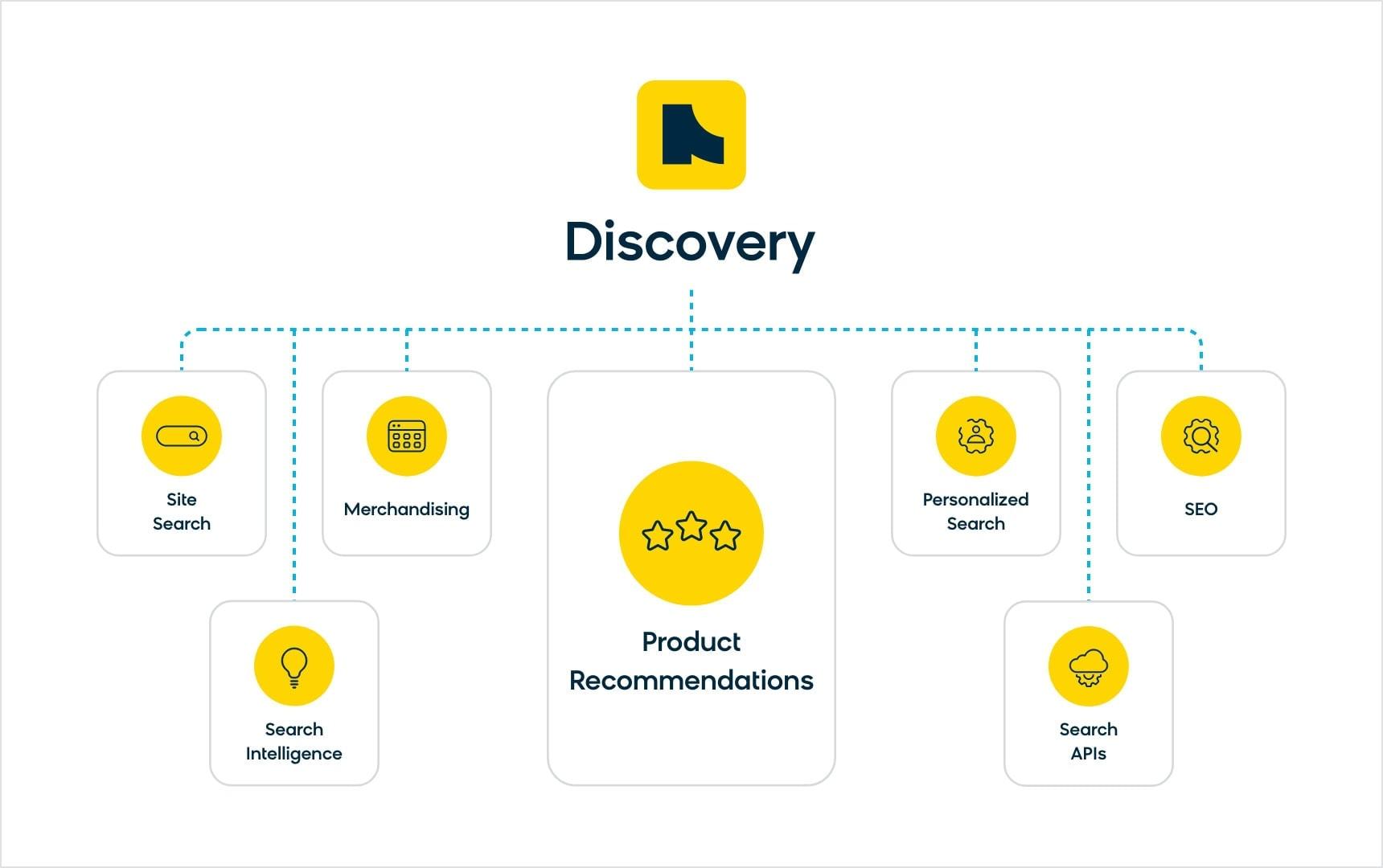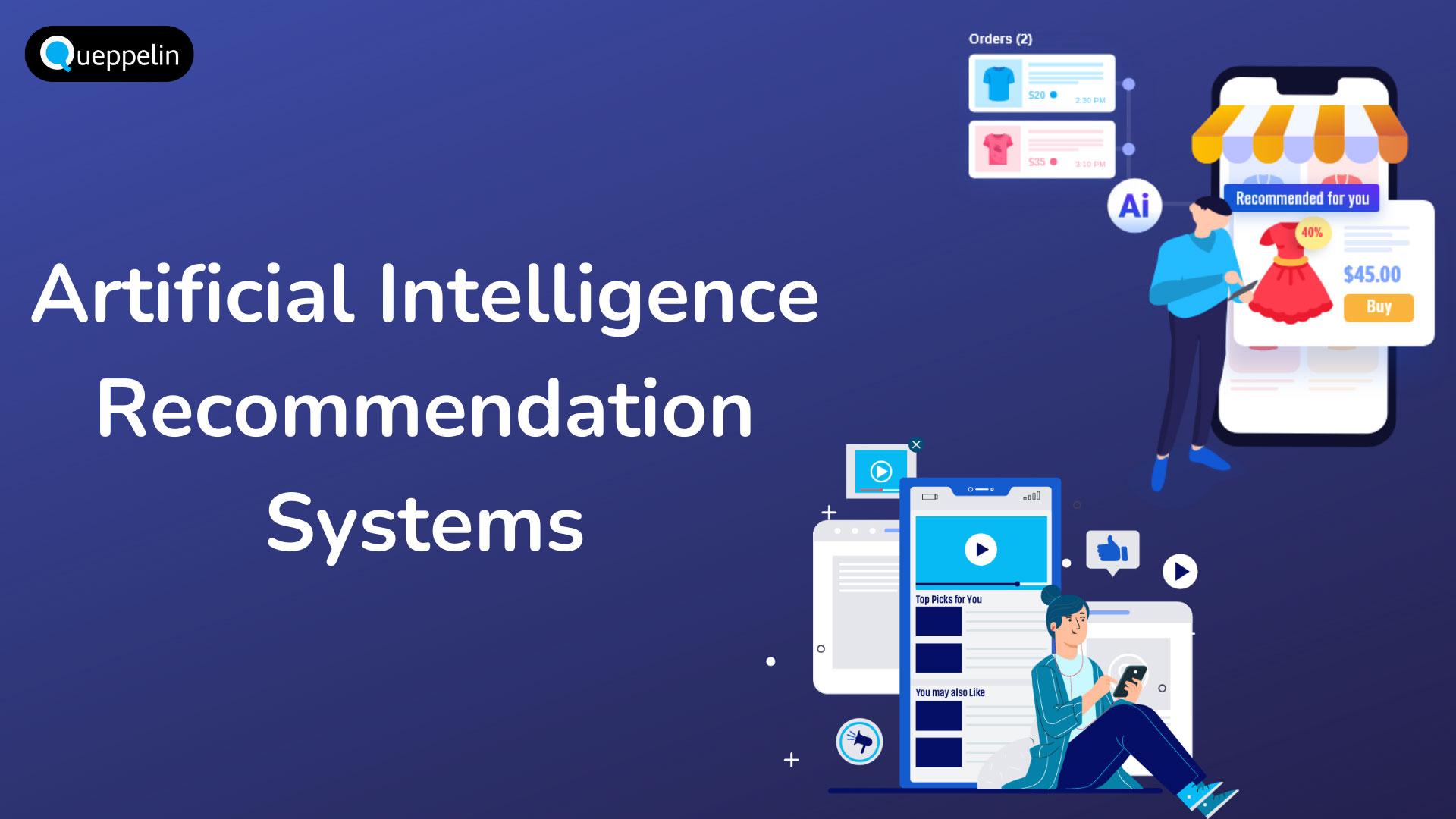In recent years, the landscape of digital content consumption has undergone a transformative shift, largely driven by the rise of streaming platforms. These platforms, which range from video and music services to gaming and beyond, have increasingly leveraged artificial intelligence (AI) to curate and recommend content to their users. This technological advancement aims to enhance user experience by providing personalized suggestions that align with individual tastes. However, as AI algorithms become more sophisticated, a pertinent question arises: are these platforms prioritizing AI-driven recommendations at the expense of genuine user preferences? This article delves into the mechanics of AI recommendation systems, examines the balance between algorithmic suggestions and user autonomy, and explores the implications of this dynamic on both consumers and content creators. By understanding the interplay between AI and user input, we can better navigate the evolving digital content ecosystem.
Understanding the Role of AI in Content Curation
In the digital age, artificial intelligence has become an integral part of content curation, particularly on streaming platforms. AI algorithms are designed to analyze vast amounts of data, including viewing habits, search queries, and engagement metrics, to deliver personalized content recommendations. These algorithms can often predict what users might enjoy based on patterns and trends that are not immediately apparent to human curators. This level of sophistication allows for:
- Efficient processing of large datasets
- Dynamic adaptation to changing user behaviors
- Real-time content updates and suggestions
However, while AI-driven recommendations offer precision and convenience, there is an ongoing debate about whether these systems might overshadow individual user preferences. By focusing on maximizing engagement, AI might inadvertently promote content that aligns with broader trends rather than unique user interests. This raises questions about the balance between algorithmic efficiency and human touch, and whether platforms are truly prioritizing what users want or simply nudging them towards content that boosts viewing metrics.

Balancing AI Algorithms and Human Preferences
In the realm of streaming platforms, the integration of AI algorithms is transforming how content is curated and delivered to users. These sophisticated systems are designed to analyze viewing habits, predict preferences, and suggest content tailored to individual tastes. However, the reliance on AI raises concerns about whether these algorithms are overshadowing genuine user preferences. Balancing AI capabilities with human preferences requires a delicate approach to ensure that the personalization feels authentic and not merely a result of data-driven predictions.
- Algorithmic Personalization: AI uses complex data sets to recommend shows and movies, often steering users towards popular or trending content.
- User Control: Platforms need to provide users with tools to refine recommendations, such as feedback options and manual content curation.
- Diversity in Content: A well-balanced algorithm should promote diverse content, avoiding a feedback loop that limits exposure to new genres or creators.
For streaming services, finding the equilibrium between AI recommendations and user autonomy is crucial. By offering customizable interfaces and respecting user feedback, platforms can create an engaging and satisfying viewing experience that respects both the power of technology and the unique tastes of their audience.
Evaluating the Impact of AI on User Satisfaction
The integration of artificial intelligence in streaming platforms has undeniably transformed how content is delivered to users. By analyzing viewing habits and preferences, AI algorithms are designed to enhance user experience through tailored content suggestions. However, this technological evolution raises the question of whether AI-driven recommendations truly align with user satisfaction. While these algorithms boast of delivering personalized content, there are several factors to consider:
- Over-Personalization: AI may create echo chambers by repeatedly suggesting similar content, potentially limiting user exposure to diverse genres and new interests.
- Data Privacy Concerns: Continuous tracking and analysis of user behavior can lead to privacy issues, making some users uncomfortable with the extent of data collection.
- Algorithm Bias: AI systems might inadvertently favor content from larger producers over independent creators, skewing visibility and user choice.
Striking a balance between AI efficiency and genuine user preferences is crucial. While the potential of AI in enhancing user experience is significant, platforms must ensure these systems are transparent, inclusive, and capable of adapting to diverse user needs without compromising individuality and privacy.

Strategies for Enhancing Personalization in Streaming Services
To elevate personalization in streaming services, platforms can adopt a range of strategic approaches. One effective strategy is leveraging dynamic user profiling. By continuously updating user profiles based on real-time interactions and viewing habits, platforms can ensure that content recommendations are more aligned with evolving preferences. This dynamic approach not only captures immediate interests but also adapts to changes over time, offering a tailored viewing experience.
Another key strategy involves the integration of hybrid recommendation systems. Combining collaborative filtering with content-based methods can enhance the precision of suggestions. Collaborative filtering leverages user data to find patterns and similarities, while content-based methods analyze the attributes of the content itself. By merging these techniques, streaming platforms can cater to niche tastes and offer a more comprehensive range of recommendations. Additionally, implementing user feedback loops can further refine personalization. By allowing users to rate and review content, platforms can gather valuable insights to fine-tune algorithms, ensuring they reflect user preferences more accurately.
- Dynamic User Profiling: Continuously updates profiles based on real-time interactions.
- Hybrid Recommendation Systems: Combines collaborative and content-based methods for precise suggestions.
- User Feedback Loops: Utilizes ratings and reviews to refine recommendation algorithms.
In Conclusion
the evolving landscape of streaming platforms highlights a complex interplay between AI-driven recommendations and user preferences. As technology continues to advance, it is crucial for both developers and consumers to engage in a balanced dialogue about the role of AI in shaping our viewing experiences. While AI recommendations offer the potential for personalized content discovery, it is essential to ensure that these systems remain transparent and adaptable to individual user needs. Moving forward, striking the right balance will require ongoing collaboration between technology providers and users to ensure that streaming services can cater to diverse preferences while harnessing the power of AI. As we navigate this digital age, being informed and proactive about our consumption habits will empower us to make the most of these evolving platforms.







































